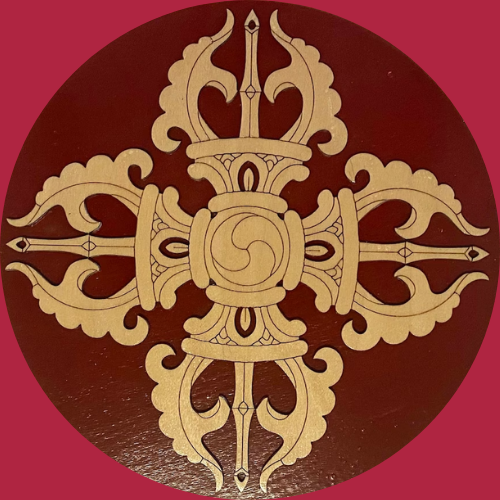Naga Festivals
Life in Nagaland revolves around fairs, festivals, since there is so much to witness. Daily chores of a Naga Household has distinct symbolic prayer rituals. The tribals in Nagaland have rare seasonal celebration where display of real spirit with colour and a music feast is common. Naga regard festivals as prime, here, all Naga festivals are honored and a Naga compulsorily participates in all Festivals. The major activity within Nagaland is agriculture, hence, Nagaland has many festivals which revolve around practices of agriculture. The festivals of the Naga astounds onlookers with awe and admiration.
Predominant theme of all the shrines of Naga remains a spot for offering prayers to a Supreme Being, having different names in different language or dialecs of Naga Tribes. The chief man of the village prays to the spirit of the Gods with sacrifices for bountiful share of crops.
Moatsu
Moatsu is one of the Naga Festivals, celebrated with much pomp by Ao tribe in the state of Nagaland in the first week of May and is one of the most famous festival during which the rites, rituals or rules are performed with much care and veneration.
After the sowing is over they sing Moatsu song with great excitement. The festival lasts for a week. This festival not just only provides the tribe a period of nice recreation and amusement but is marked via a collection of cultural performances within the temples. The festivities consist celebration of Sangpangtu, where a fire is lit, surrounded with singing men and women.
Tsungrem Mong
Tsungrem Mong is one of the cherished Naga Temple Festivals which is a much awaited festival for Ao tribe of Nagaland. This festival is observed in the month of August according to the Gregorian calendar, just after the millet has been sown. Within Nagaland, Tsungrem Mong is a special thanksgiving festival that is considered as a prayer for good yield of crops.
Nazu
Nazu is a festival for Pochury of Nagaland which is observed for 10 days at a stretch. Nazu is celebrated with glitter & gaiety. Here, at this festival, people participate in several cultural performances. At this auspicious occasion, dancers adorn vibrant colored attire, accessories for harmonious movements of legs or hands along with different beats or tunes that is especially noticeable in this distinct dance form.
Sekrenyi
Sekrenyi is one of the important festivals of Nagaland, celebrated in February by Angamis. This Naga Festival of Phousyni is celebrated for 10 days. The tribe observes the religious rites or rituals. The major part of Sekrenyi is Thekra Hie. Adolescences of the village sing cultural songs throughout the day. Important part of the ceremony happens on day 8 of Sekrenyi. Till the festive celebrations come to an end, all farmers halt their field activities, as they remain totally absorbed within the festival.
Tuluni
Tuluni is celebrated on the second week of July, another Nagaland Festival belonging to Sumi Nagas. Grand feasts, banquets with auspicious events for special religious significance, beer made out of Rice, is served on a goblet of Plantain leaf. In this festival, the youth engage as couples where they exchange basket of gifts, a time of merriment.
Yemshe
A celebrated within the Pochury of Nagaland in October. Besides greeting each other for harvest with much exuberance and ebullience, people also make offerings to the deities inside temples. Here the poor and rich take part in Yemshe with much fun and frolic for a bounteous yield after hard toil. The activities in field are halted when Yemshe Festival is observed.
Spokesman of the village announces the arrival of Yemshe; the first part of ritual takes place. The last day of the feast is impressively observed as the feast-cleansing day. This festival has phases, namely Big/ Small Yemshe. The Big Yemshe is a festival of cleansing of entire village by youth. Purification of house, ritual feast exemplifies Small Yemshe.
Hornbill festival
Hornbill festival is managed under the Govt. of Nagaland. With a celebration in Kohima every year between 1st & 5th days in the month of December, this colorful festival mainly aims at protecting or sustaining the richness of heritage within Nagas.
Bushu
Bushu is a post harvest festival, celebrated under Kachari tribe of Nagaland in the month of January according to the English calendar. This grand festival has three different varieties namely, ‘Hangsho’, ‘Surem’ and ‘Jidep Jiba’. A feast of rice & meat is followed here on social activities that are the main features in Bushu.
Several competitions, many cultural events with traditional sports activities are held at these Naga Festivals.
